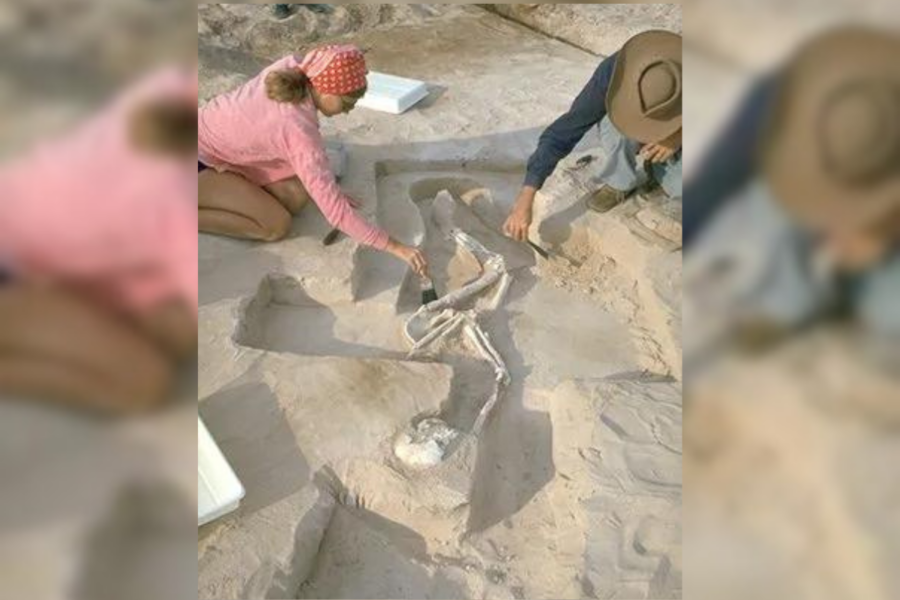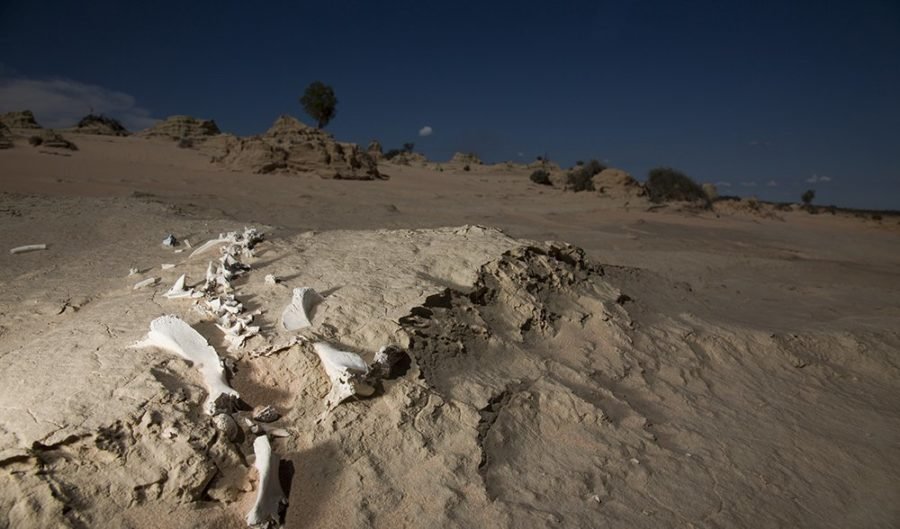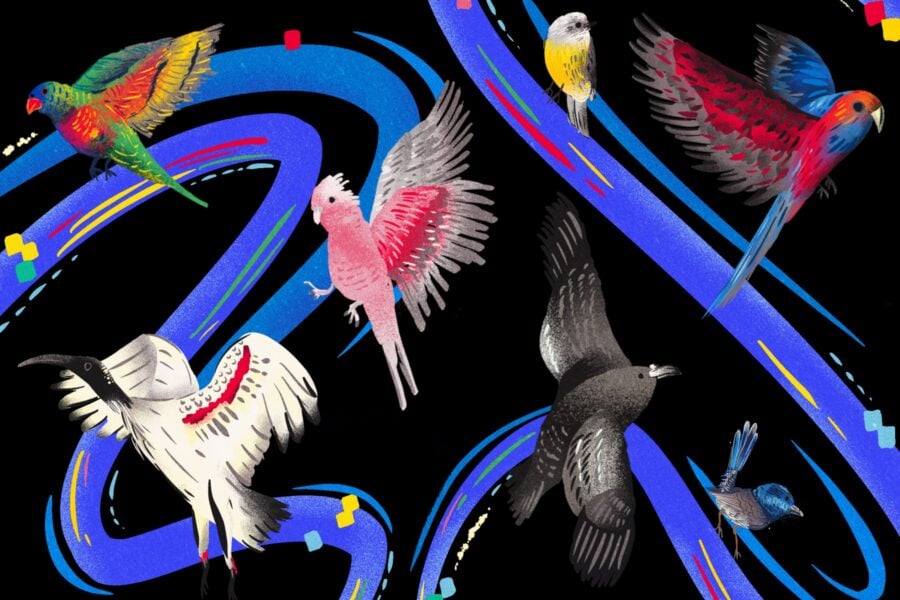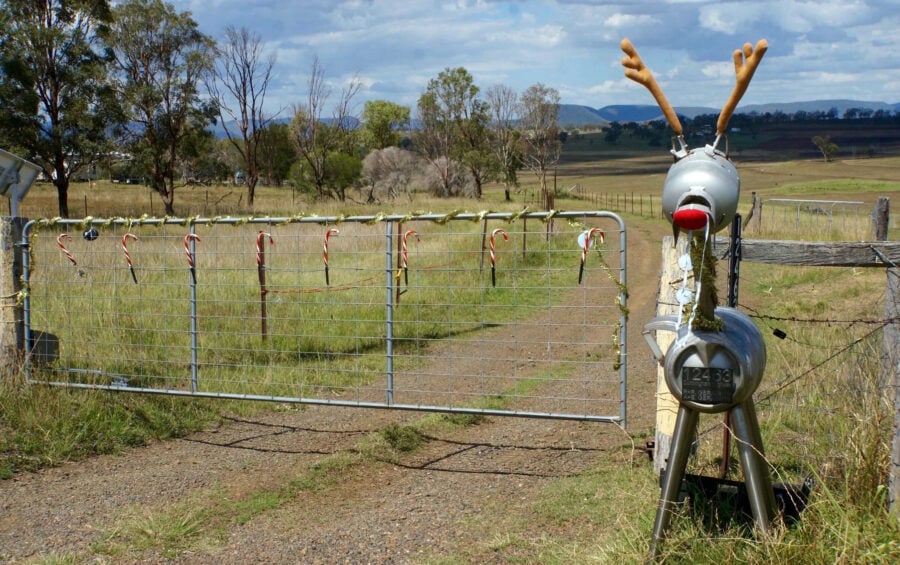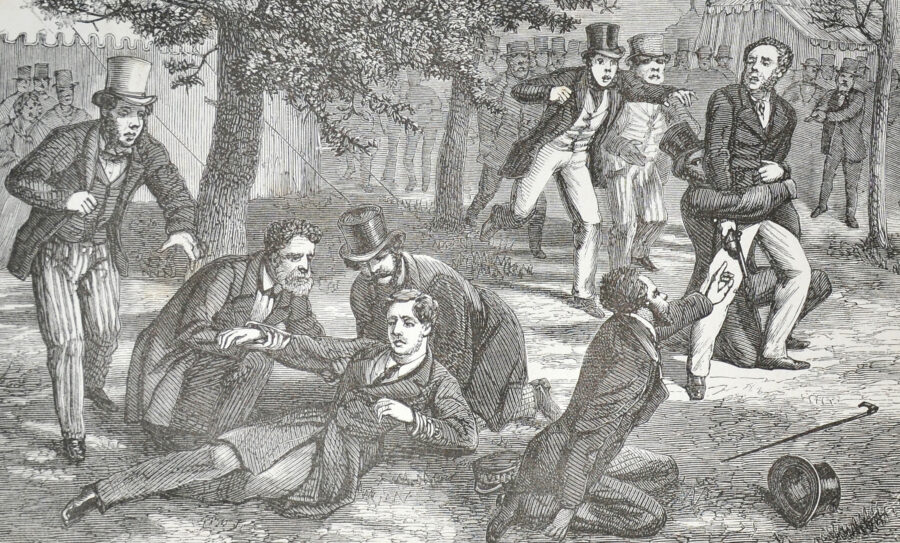Mungo Man heads back to country
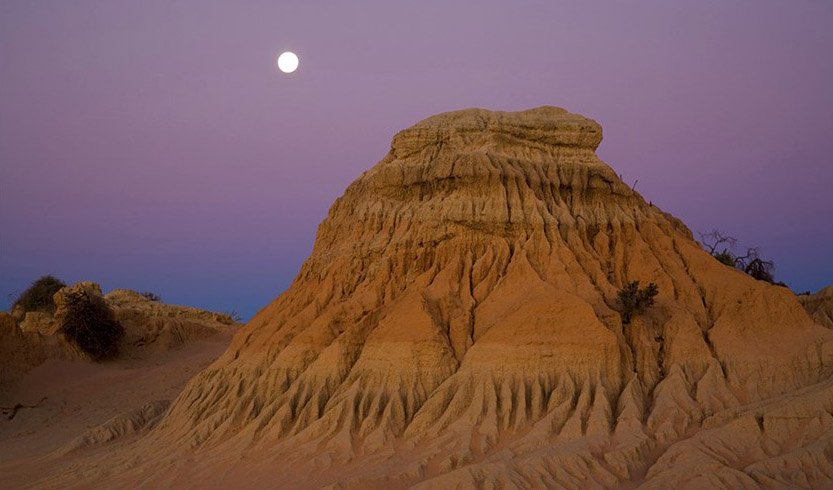
In 1974, geologist Jim Bowler was combing long-dry Lake Mungo’s dunes for prehistoric climate clues. But here in far south-west New South Wales he stumbled across something else: an ancient human skull and, just below the pale sandy surface, much of the rest of the skeleton.
The find, dubbed Mungo Man, would have profound significance, extending the known arrival date of Aboriginal people in Australia by tens of thousands of years, and confirming Aboriginal people’s claim that this land had been theirs since time immemorial.
Subsequent dating showed Mungo Man’s remains were 42,000 years old. Aside from his scientific significance as a very ancient, relatively complete, anatomically modern human; his great antiquity – and the slogan “40,000 years” – became a rallying cry for the nascent Aboriginal rights movement.
This week, after four decades in a box in the collection of the Australian National University (ANU) in Canberra, Mungo Man is finally going home – and the three tribal groups of the Willandra Lakes Region World Heritage Area couldn’t be happier.
On 15 November the traditional owners collected him from Canberra, as well as the remains of more than 100 other people that ANU took from Willandra. They are being carried in a historic Aboriginal Funeral Service hearse – a Chrysler Valiant station wagon – right across NSW, to Mungo National Park. They are stopping along the way for Welcome to Country smoking ceremonies in towns including Wagga Wagga, Hay, Balranald and Mildura – some of the communities where Willandra custodians live today – before arriving tomorrow on 17 November.
The repatriation of Mungo Man’s skeleton, and the fragmentary remains of more than 100 other similarly aged humans from ANU, is an “important statement of recognition of the traditional owners,” says Michael Westaway a biological anthropologist at Griffith University in Queensland, who has studied the fossils. “The Mutthi Mutthi, Ngiyampaa and Paakantyi people have been keen to have them returned for many years.”
Mungo Man’s 1974 excavation, and the collection of the other remains, was led by late ANU paleoanthropologist Alan Thorne. But his controversial extraction of these without consulting the three tribal groups– who see these people as their direct ancestors – was a source of great distress for them.
“It’s exciting for him to be coming home, because he’s been away for many years… It’s just taken a long time for everything to fall into place,” says Aunty Mary Pappin, a Mutthi Mutthi elder who has long campaigned for his return.
Mungo Man’s return from the university to his Aboriginal custodians “shows just how much Australia has grown up,” she says. Mary could not confirm if research on his bones – Australia’s most important palaeoanthropological remains – would continue at Willandra, or if they would be reburied, and therefore beyond the reach of scientists.
Elders of the three tribal groups disagree on this point, and are yet to reach a decision. If Mungo Man is reburied, researchers will continue with much other research on the ancient climate, landscape and wildlife of Willandra, she says.
“What you’ve got really is a cultural issue against a scientific issue,” says Dr Steve Web an archaeologist at Bond University in Queensland, who has studied the ANU collection, and says it is the most important set of ancient human fossils in the wider South-East Asian-Australian region. “We all agree the remains are very important and they’ve taught us a lot of things, but we never know how much more they can teach us in the future.”
Jim Bowler, who found the remains in 1974, is now a professorial fellow at the University of Melbourne. He worked closely with the Aboriginal people on Mungo Man’s return, and says the best bet for research is the construction of a ‘Keeping Place’ – a partially subterranean, research-and-education facility, where scientists could come to study the bones underground in a crypt-like environment. Successive state and federal governments have failed to provide funding for this, however.
“The funding for the Keeping Place is highly contentious and, after 43 years, it is a circumstance of great shame… that the government has failed to provide this facility,” Bowler says. “It is my aspiration that there will be an…appropriate and dignified resting place and memorial to the dead of Lake Mungo.”
Earlier in 2017, archaeological finds in northern Australia showed that Aboriginal people had been here for a minimum of 65,000 years. Whatever happens, the Willandra fossils have had a central role in revealing the great length of time Aboriginal people have been living in Australia.
“We’ve been here a very long time and we’re still going to be here in a very long time,” says Mary. “There’s nowhere else in the world where people have lived in the landscape for as long as [our ancestors] did and are still living in it… It is everybody’s responsibility to look after this landscape, so we can get another 60,000 years out of it.”
